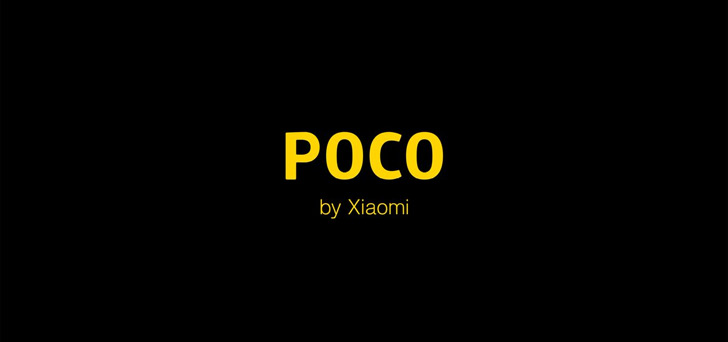Aid packages in comparison: Germany better than the USA and Italy, but worse than Japan and China Düsseldorf (ots) – Kearney experts have analyzed the rescue packages from Germany, France, Italy, the USA, China and Japan and arranged them in a matrix: In which economic phase do they start and how transformative are they in relation to the entire economy?
“We were particularly interested in how the countries examined would move over time,” explains Nils Kuhlwein, Kearney Partner and Head of Restructuring. He and his team categorized most of the early aids, such as short-time work benefits or emergency loans, as non-structural, but as financial injections, which should first “prevent the worst” – especially in the particularly hard-hit areas of aviation, tourism and gastronomy. The packages of measures in Germany, Italy, France, China, Japan and the USA differed mainly on the basis of their size:
While China (as of September; in each case the sum of direct financial support and loans) has released a volume of 4.5 percent of its GDP (675 billion US dollars), in the USA it is just under a quarter (4.4 trillion US dollars), in France just under 30 percent (over 700 billion US dollars), in Germany around 30 percent (around 1 trillion US dollars), in Japan around 45 percent (2 trillion US dollars) and in Italy even almost half of GDP ($ 1 trillion).
Measures are extensive everywhere – and yet some countries are now focusing less on short-term relief and more on transformative programs designed to help the economy benefit in the long term. The Italian economic stimulus package consists almost exclusively of liquidity injections in the form of loans for companies and is to be understood more as an acute fire extinguishing act than as a renovation measure. Japan is splitting the 2.2 trillion US dollars into protecting workers and businesses and rebuilding a resilient economic structure. The USA has not yet reached the structural recovery phase because it has been discussing a new aid package for a long time, but has not yet passed it. In the German package, loans of one trillion euros make up a large part of the program; in France, it is just over half that goes into liquidity and guarantee measures. China recently decided to invest in “new infrastructures” such as 5G and smart transportation and wants to extend tax breaks for consumer services and the purchase of environmentally friendly cars.
Astrid Latzel, Kearney Partner and Head of Private Equity, was also involved in the investigation. “I see some of the industry-specific measures in particular as instructive in this regard,” she says. For example, Germany wants to invest more than a third of its overall plan of 150 billion US dollars in the automotive sector in environmentally friendly mobility technologies such as climate-friendly vehicles and in infrastructure in public transport. In the communications sector, the USA and China in particular are investing heavily in digital infrastructure, for example in broadband internet and 5G. To prop up consumers and retailers, Italy got rid of some safeguards and excise taxes, and France launched a $ 21 billion bailout for the tourism sector. To promote renewable energies, the EU has submitted a two-year proposal worth 880 billion US dollars, which is intended to promote solar energy and the renovation of buildings, among other things. In Germany, 46 billion US dollars are flowing into sustainable investments, for example in “green hydrogen”. Italy is increasing its eco bonus for energy-efficient building renovation.
With regard to the four criteria of sufficiency, timeliness, effectiveness and relevance, Kuhlwein and Latzel rate the aid packages from Germany and France as medium, those from China and Japan as higher and those from Italy and the USA as lower.
“The coming months and years will be interesting when it becomes clear how the countries want to approach their mountains of debt,” says Nils Kuhlwein. In some cases, the national debt has already increased by 20 to 25 percentage points, which severely limits the scope for political decision-makers. Italy has initially initiated a tax reduction for low incomes, while in Germany tax increases are still being discussed. China and the US are trying to further stimulate the economy. And the heavily indebted Japan? “Japan will probably continue as before. The country has already learned to live with high debts.”
Press contact:
Michael Scharfschwerdt Kearney Director Marketing & Communications
Charlottenstrasse 57 10117 Berlin Telephone: +175 2659 363 mailto: [email protected]
de.kearney.com
Other material: http://presseportal.de/pm/15196/4770842
OTS: Kearney
– .


